London’s Design Museum is making people choose between a refugee shelter, Kanye West, and Pokémon GO
A London museum wants design-lovers to make an impossible—and ethically confounding—choice.
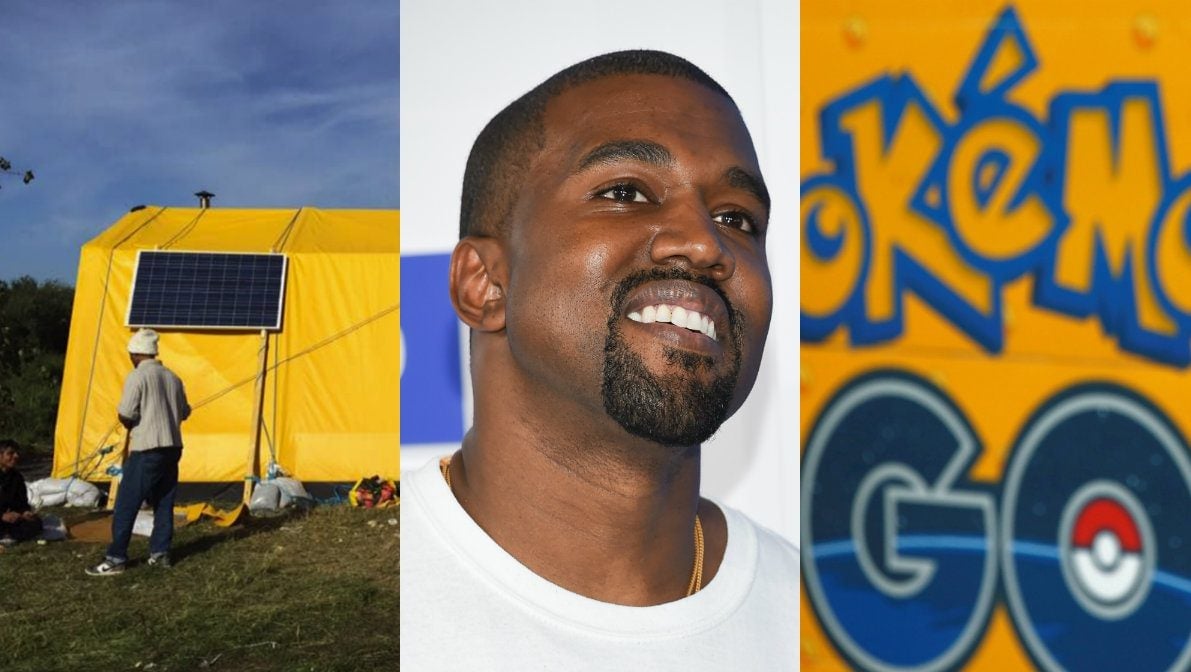

A London museum wants design-lovers to make an impossible—and ethically confounding—choice.
The Design Museum announced yesterday an eclectic list of 62 finalists vying for its Beazley Design of the Year prize. Nominees span the fields of architecture, digital, fashion, graphics, product and transport design, including refugee community center in Calais, France, concert swag from musician Kanye West’s The Life of Pablo tour, and the addictive augmented reality game Pokémon GO.
Through an online poll, the Design Museum wants the public to choose their favorites. The SNOO smart crib which quiets the wailing infants in under a minute will resonate with parents, for example, while anti-Trump craftivists will appreciate the symbolic resonance of the pink Pussyhat Project.
Their votes will inform an expert jury’s deliberation. This year’s judges include WIRED UK’s editor-at-large David Rowan, Apple’s product marketing head Michael Tchao, and IKEA’s design lead Marcus Engman.
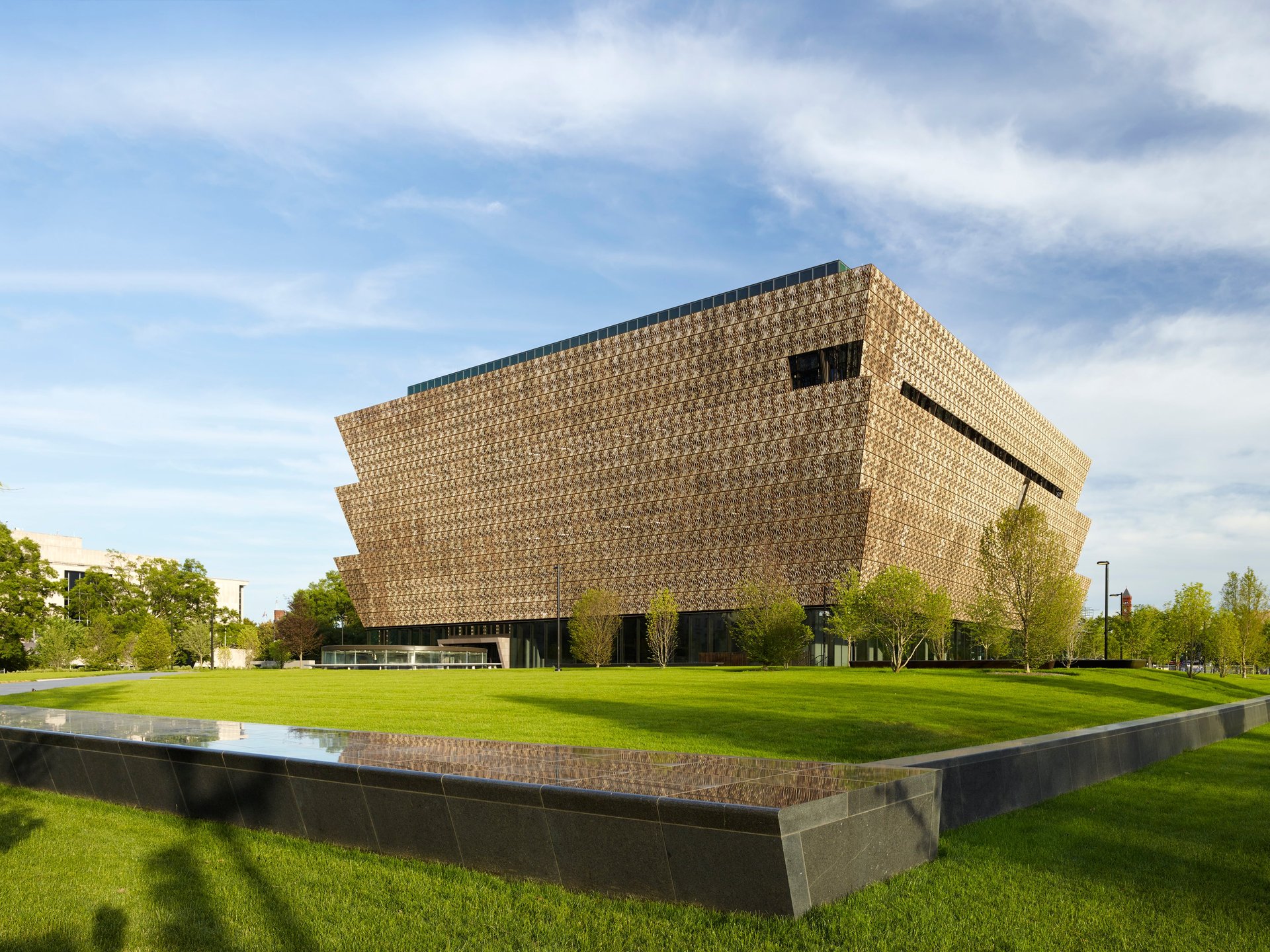
Although a wonderful snapshot of design output around the world, the Design of the Year contest is emblematic of the problem with many global design competitions.Pitting one design solution against another with little context or guidance turns the field into a beauty contest, with choices based on surface qualities instead of how well a proposal answered a particular challenge.
The Museum tells Quartz that they don’t plan on providing the public any help on how to read good design. “No, the exhibition presents text on each object and the public are encouraged to engage with each nominations,” says Jordan Lewis, the museum’s press officer.
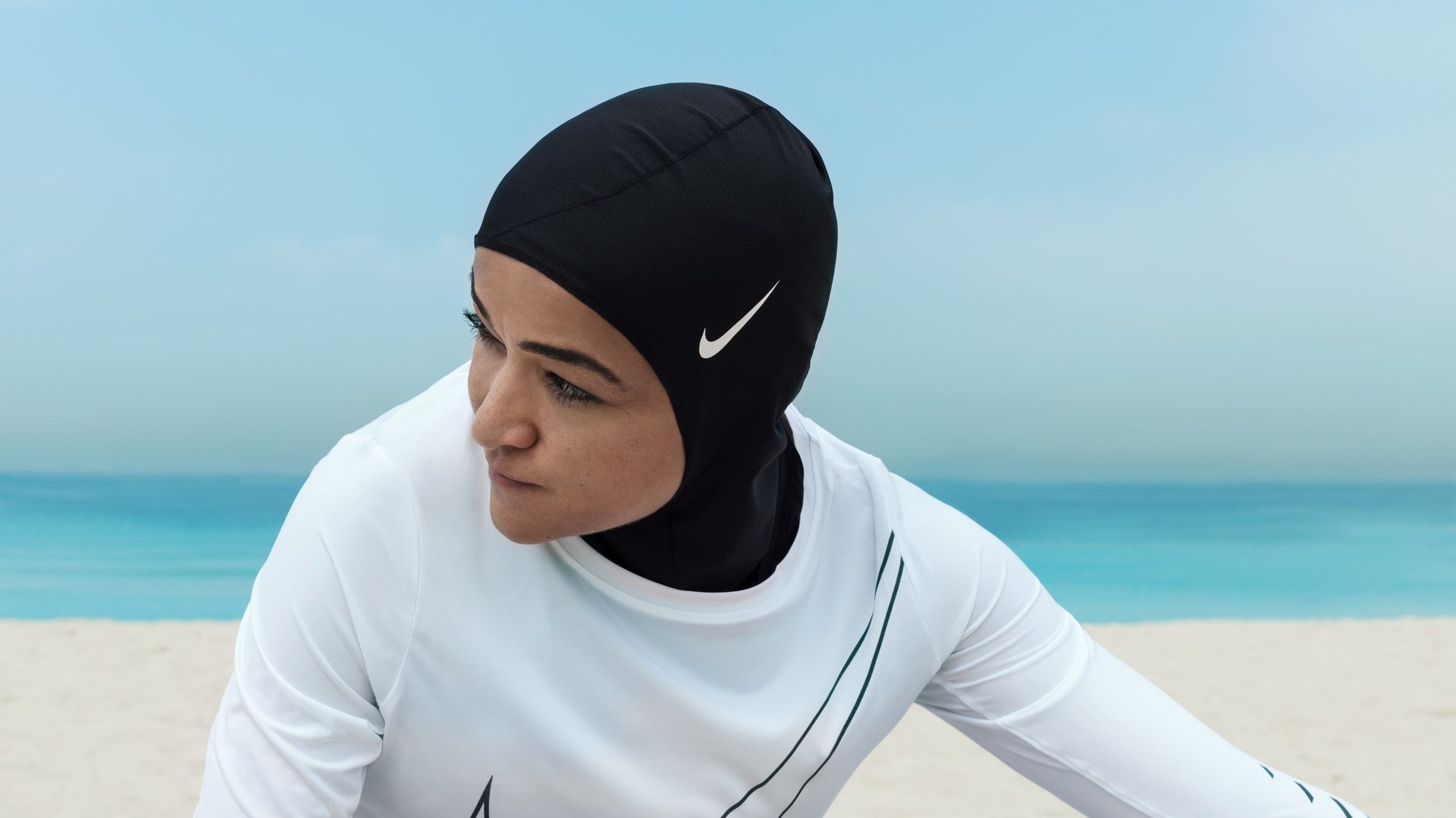
In the clothing category, how does one choose between a The Life of Pablo sweatshirt featuring beautiful blackletter fonts, Nike’s performance hijab for female Muslim athletes or Ecolaf, a Spanish fashion line made from discarded water bottles, fishing nets and other debris culled from the bottom of the world’s oceans?
In the digital design category, elegant TV graphics for the English Premiere League seen by approximately 4.7 billion people around the world are competing with Pokemon GO, Google’s professional women emoji set, and a free typeface that displays all languages elegantly also from Google.
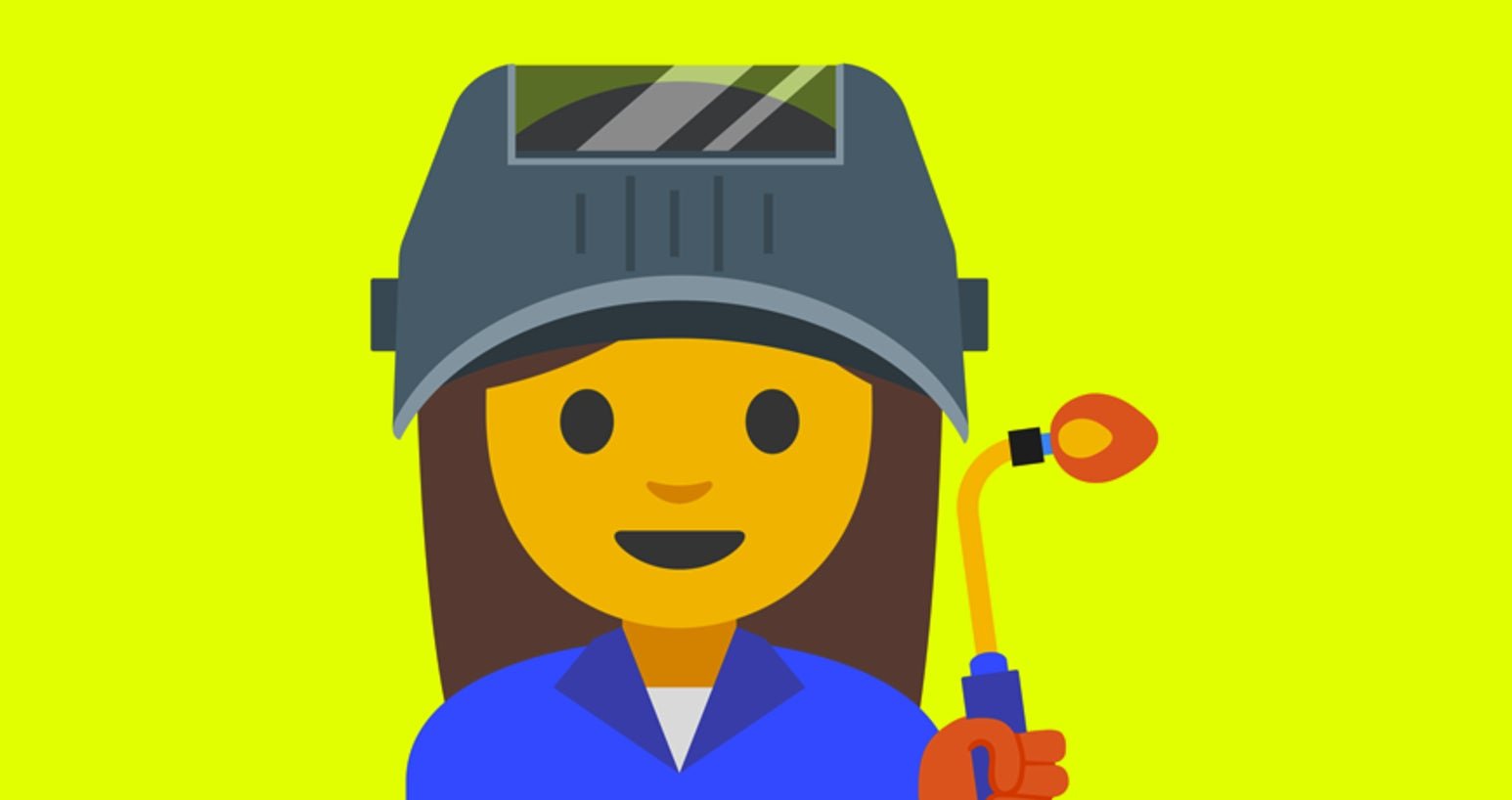
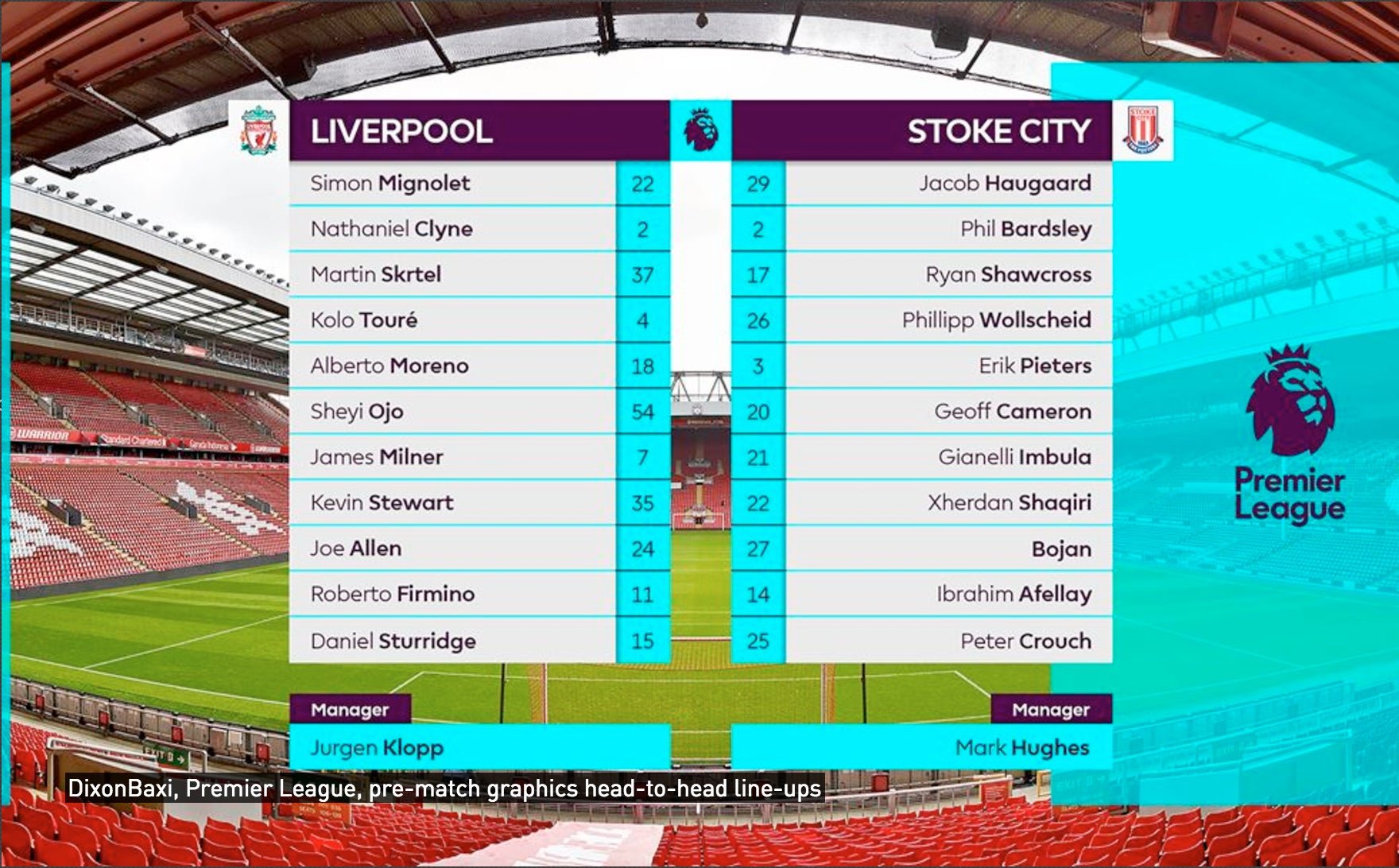
Those in London can inspect the Design of the Year candidates in person at the Design Museum exhibition opening on Oct. 18. Previous winners include the 2012 Olympic Torch, Azerbaijan’s Heydar Aliyev Centre by Zaha Hadid and “Human Organs-on-Chips,” a micro-device lined with living human cells.
This year’s result will be unveiled in January 2018.